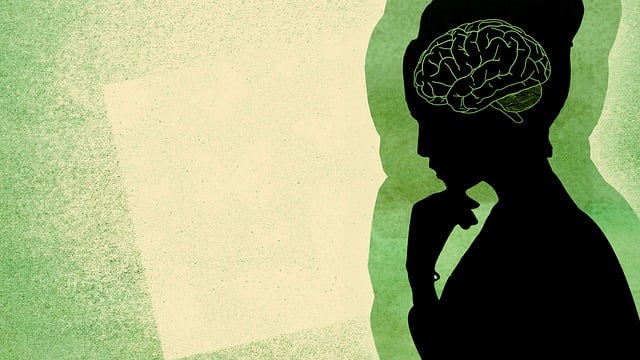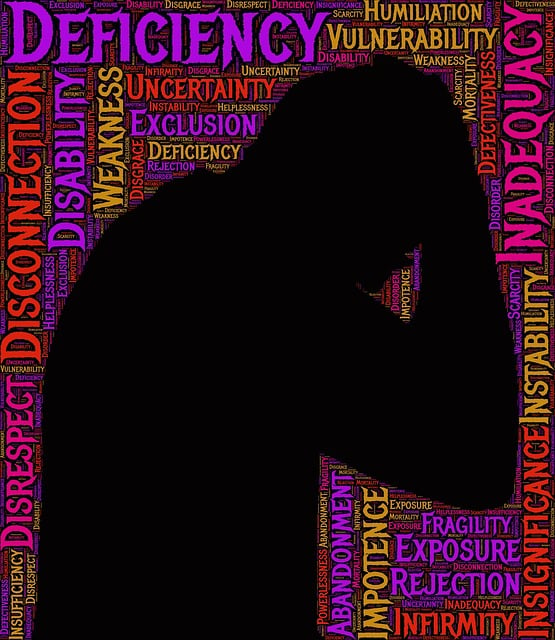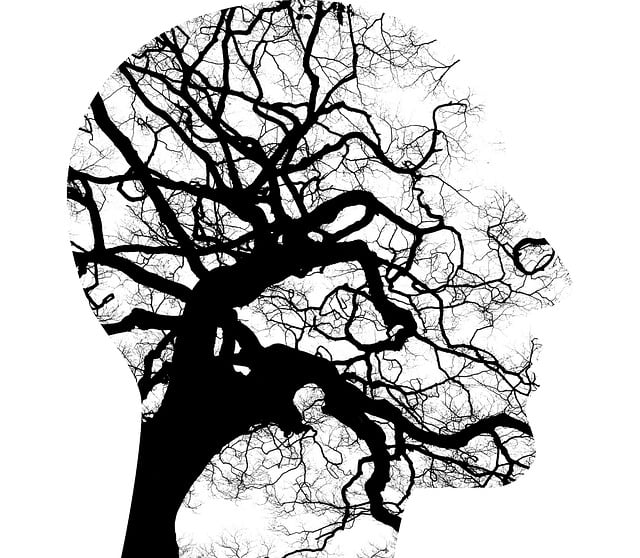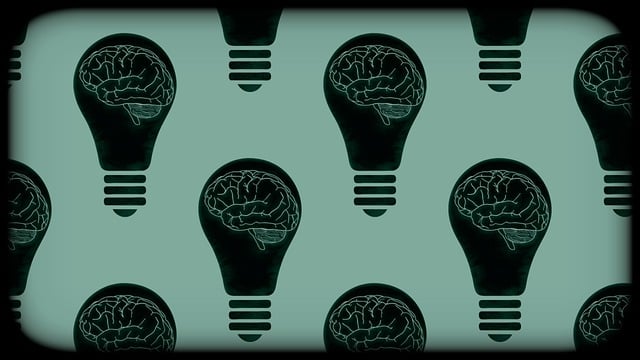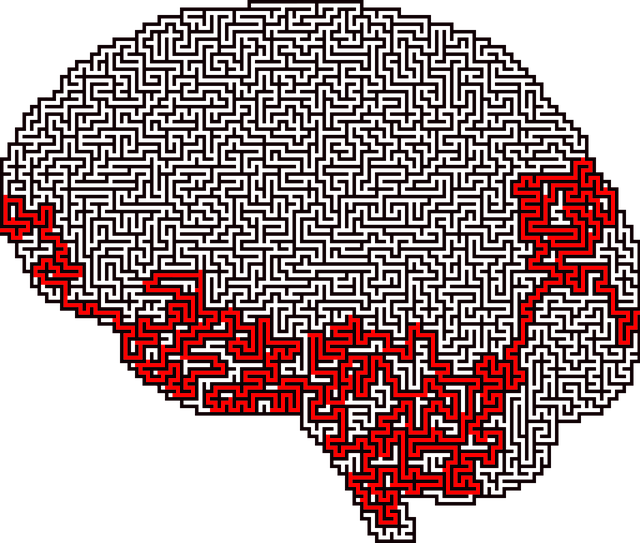Media portrayal of mental health significantly influences public understanding and access to services, especially regarding therapy for children and crisis counseling. Accurate, nuanced depictions can normalize conversations and reduce stigma, while negative stereotypes hinder progress. Children's media creators must move beyond clichés by incorporating authentic stories featuring therapy and crisis counseling. Diversifying narratives with resilient characters from various backgrounds challenges myths and fosters empathy. Collaboration with mental health professionals ensures sensitive portrayals in entertainment and news media, highlighting effective coping methods and crisis interventions. Integrating therapy into media content creation, coupled with education for parents, guardians, and educators, empowers supportive environments for children facing mental health crises, ensuring access to necessary resources and quality care.
Mental illness representation in media significantly influences public perception, especially among children. This article delves into the profound impact of media portrayals on mental health perceptions and explores current challenges, such as stereotypes and misconceptions prevalent in children’s media. We propose effective strategies for positive representation, emphasizing the integration of therapy and counseling in content creation. Additionally, we discuss empowering parents, guardians, and educators through awareness and support, focusing on solutions like crisis counseling services for a more empathetic media landscape.
- Understanding the Impact of Media Portrayal on Mental Health Perception
- The Current State: Stereotypes and Misconceptions in Children's Media
- Effective Strategies for Positive Mental Illness Representation
- Integrating Therapy and Counseling into Media Content Creation
- Empowering Parents, Guardians, and Educators: Promoting Awareness and Support
Understanding the Impact of Media Portrayal on Mental Health Perception

Media portrayal plays a significant role in shaping public understanding and perceptions about mental health. The way mental illnesses are depicted in films, television shows, and news media can influence societal attitudes, often contributing to stigma or, conversely, fostering empathy and support. When media presents accurate, nuanced representations of mental wellness, it has the power to normalize conversations around these issues and encourage individuals to seek therapy for children and crisis counseling without fear of judgment.
Accurate media representation can lead to better mental health policy analysis and advocacy, prompting more effective interventions. Conversely, negative or stereotypical portrayals may perpetuate misconceptions, hindering access to appropriate mental health services. As such, it is crucial for media producers to prioritize responsible storytelling when addressing mental illness, ensuring that their content contributes positively to the broader mental health discourse and promotes evidence-based practices like risk assessment for mental health professionals.
The Current State: Stereotypes and Misconceptions in Children's Media

The current state of mental illness representation in children’s media is marked by pervasive stereotypes and misconceptions. Often, fictional portrayals of young characters struggling with mental health issues reinforce harmful narratives that can further stigmatize these conditions. Characters may be depicted as either excessively dramatic or bland, with little nuance to capture the complexity of real-life experiences. This oversimplification not only fails to educate but also risks perpetuating false ideas about what mental illness ‘looks like’, especially in younger audiences.
Children’s media has a significant impact on shaping young minds and perceptions, making it crucial for content creators to move beyond stereotypical representations. Incorporating more authentic stories that include characters undergoing therapy or crisis counseling can foster understanding and empathy. Moreover, exploring themes of self-esteem improvement and compassion cultivation practices in these narratives can offer valuable insights into coping mechanisms and promote positive mental health discourse among young viewers. A balanced approach, free from oversimplification, is essential to challenge existing misconceptions and pave the way for more accurate and compassionate media portrayals.
Effective Strategies for Positive Mental Illness Representation

Media has a significant influence on shaping public perception about mental illness. To challenge negative stereotypes and promote understanding, media outlets must adopt effective strategies for positive representation. One crucial approach is to showcase diverse narratives, featuring individuals from various backgrounds who have overcome mental health challenges. This includes stories of resilience, recovery, and the power of seeking therapy for children, as well as adults. By presenting a range of experiences, media can dispel myths and foster empathy among viewers.
Incorporating accurate and sensitive portrayals of mental illness in entertainment and news media is essential. This involves consulting with mental health professionals to ensure the authenticity of storylines and dialogue. Additionally, highlighting effective crisis counseling techniques and stress reduction methods can provide valuable insights for viewers. Strategies such as emotional regulation exercises and empathy-building activities, when integrated into media content, have the potential to educate audiences and encourage open conversations about mental well-being.
Integrating Therapy and Counseling into Media Content Creation

Incorporating therapy and counseling into media content creation is a significant step towards challenging stereotypes and providing accurate representations of mental illness. This approach allows for a more nuanced understanding of psychological struggles, especially in children’s crises. By involving mental health professionals during the creative process, producers and writers can ensure that portrayals are sensitive and based on real-world practices. Such collaboration can lead to powerful narratives that educate audiences while offering hope and validation to those facing similar challenges.
This integration goes beyond simply adding therapeutic elements; it involves risk management planning for mental health professionals to safeguard against potential triggers or insensitive content. Utilizing conflict resolution techniques and effective communication strategies among the creative team and counselors ensures a respectful and accurate depiction of therapy sessions and character development related to mental illness. This collaborative process fosters an environment where media creators can produce content that not only entertains but also educates viewers about the complexities of mental health.
Empowering Parents, Guardians, and Educators: Promoting Awareness and Support

Empowering parents, guardians, and educators plays a pivotal role in navigating mental illness representation in media and fostering supportive environments for children. By promoting awareness about various mental health conditions, including strategies for early intervention and therapy for children, they can recognize signs of distress and provide crucial support. Public awareness campaigns development focused on destigmatizing mental illness can encourage open conversations and help identify crisis counseling resources available within communities.
Additionally, conflict resolution techniques can be incorporated into educational settings to address peer-to-peer challenges and promote emotional well-being. Burnout prevention strategies for healthcare providers are also essential as they directly impact the quality of care delivered to young individuals facing mental health crises. Through ongoing education and access to resources, parents, guardians, and educators become powerful advocates, ensuring children receive the necessary support and guidance towards healthy development.
Mental illness representation in media plays a pivotal role in shaping public perception, especially among children. By challenging stereotypes and misconceptions through effective strategies, we can foster more positive attitudes towards mental health. Integrating therapy and counseling into content creation ensures that narratives are both engaging and educational. Empowering parents, guardians, and educators to initiate conversations about mental wellness is crucial, enabling them to provide support tailored to their child’s unique needs. With the right approach, media can become a powerful tool in promoting awareness, reducing stigma, and enhancing access to therapy for children facing mental health crises, ultimately contributing to a more supportive and understanding society.

